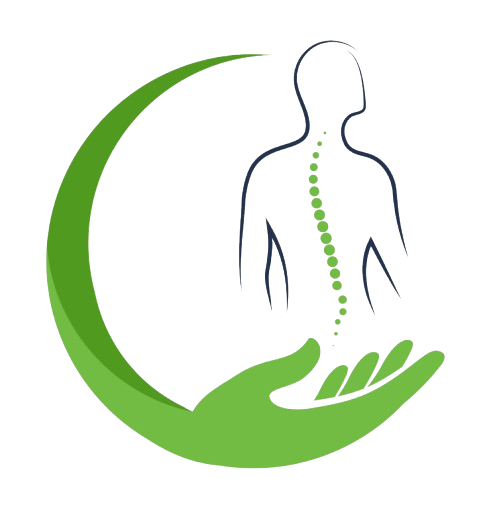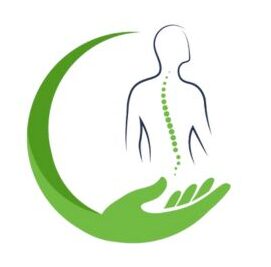Migraines are more than just a severe headache. They are a complex neurological condition that affects millions of people worldwide. This condition can dramatically reduce one’s quality of life due to its debilitating symptoms. Understanding how lifestyle choices might influence migraines is crucial for anyone who suffers from them. By recognizing the connection between everyday habits and migraine occurrences, you can take positive steps toward effective migraine relief. In this blog, we will delve into these lifestyle factors and offer practical insights to help you manage migraines more effectively.
Understanding Migraine and Its Triggers

A migraine headache feels distinctly different from other head ache types. While tension headaches cause a dull, aching pain, migraines often include intense throbbing or pulsing, usually on one side of the head. It can last for hours or even days. Some people also experience migraine aura, which includes visual disturbances like flashing lights before the actual head pain begins.
Lifestyle factors can trigger or intensify these symptoms. For instance, dietary habits play a significant role. Skipping meals or consuming too much caffeine can spark a migraine. Stress is another big factor. High stress levels can lead to changes in the body’s chemistry, making a migraine headache more likely. Environmental factors such as bright lights or strong smells can also set off a migraine.
To better manage migraine symptoms, consider adopting the SEEDS approach. SEEDS stands for Sleep, Exercise, Eat, Diary, and Stress. Paying attention to each of these elements can create a comprehensive strategy for migraine relief. Sufficient and regular sleep helps keep migraines at bay. Physical activity enhances overall well-being and reduces stress. Maintaining a balanced diet and keeping a food trigger diary can prevent dietary-induced migraines. Managing stress through relaxation techniques is equally essential.
Effective Lifestyle Strategies to Manage Migraines
Managing migraines starts with understanding your body’s needs. Quality sleep is often overlooked but crucial. Establishing good sleep hygiene means having consistent sleeping and waking times, even on weekends. Avoiding screens before bed and creating a relaxing sleep environment can also help in migraine relief.
Physical activity is beneficial, but it’s important to do it right. Low-impact exercises such as walking, swimming, or yoga can stimulate endorphins, which naturally reduce pain. However, intense workouts might exacerbate migraines, so it’s best to find a comfortable middle ground.
Diet also plays a significant role in managing migraine headaches.
Here are some tips: –
Stay hydrated: Dehydration is a common and easily overlooked trigger. Aim for eight glasses of water a day.
Avoid trigger foods: Common culprits include aged cheese, processed meats, and alcohol. –
Eat regularly: Skipping meals can lead to low blood sugar, another migraine trigger.
Stress is a well-known trigger for many migraine sufferers. Techniques like mindfulness and relaxation can be powerful tools for migraine relief. Practicing mindfulness can mean simple breathing exercises or gentle touch-based therapy like craniosacral therapy are natural ways to deal with the condition.
Keeping a migraine diary is one of the best ways to discover patterns and pinpoint triggers. Record when your migraines occur, what you ate that day, your stress levels, and any other factors that might be relevant. This tracking can offer valuable insights into which lifestyle changes are effectively working for your migraine treatments.
Conclusion: Taking Control of Your Migraine Journey
By exploring how lifestyle impacts migraines, you’re already on the right path to taking control of your migraine headache journey. Simple changes like improving sleep quality, engaging in light physical activity, managing stress, and keeping well-hydrated can make a huge difference.
It’s best to start with one or two lifestyle adjustments, rather than overwhelming yourself. Try focusing on improving sleep for a couple of weeks, then assess if it brings some form of migraine relief. Gradually, incorporate more changes based on what works best for you.
If lifestyle changes alone aren’t cutting it, seeking medical advice is essential. A healthcare provider can offer additional therapies, possibly incorporating medication as part of your migraine treatments.
Finally, remember, you’re not alone in this journey. Many communities and resources offer support for those dealing with migraines. Sharing your experiences can provide motivation and new strategies for effective relief.
Consult our Back Healing Expert today for personalized guidance and start your path to a better quality of life!



